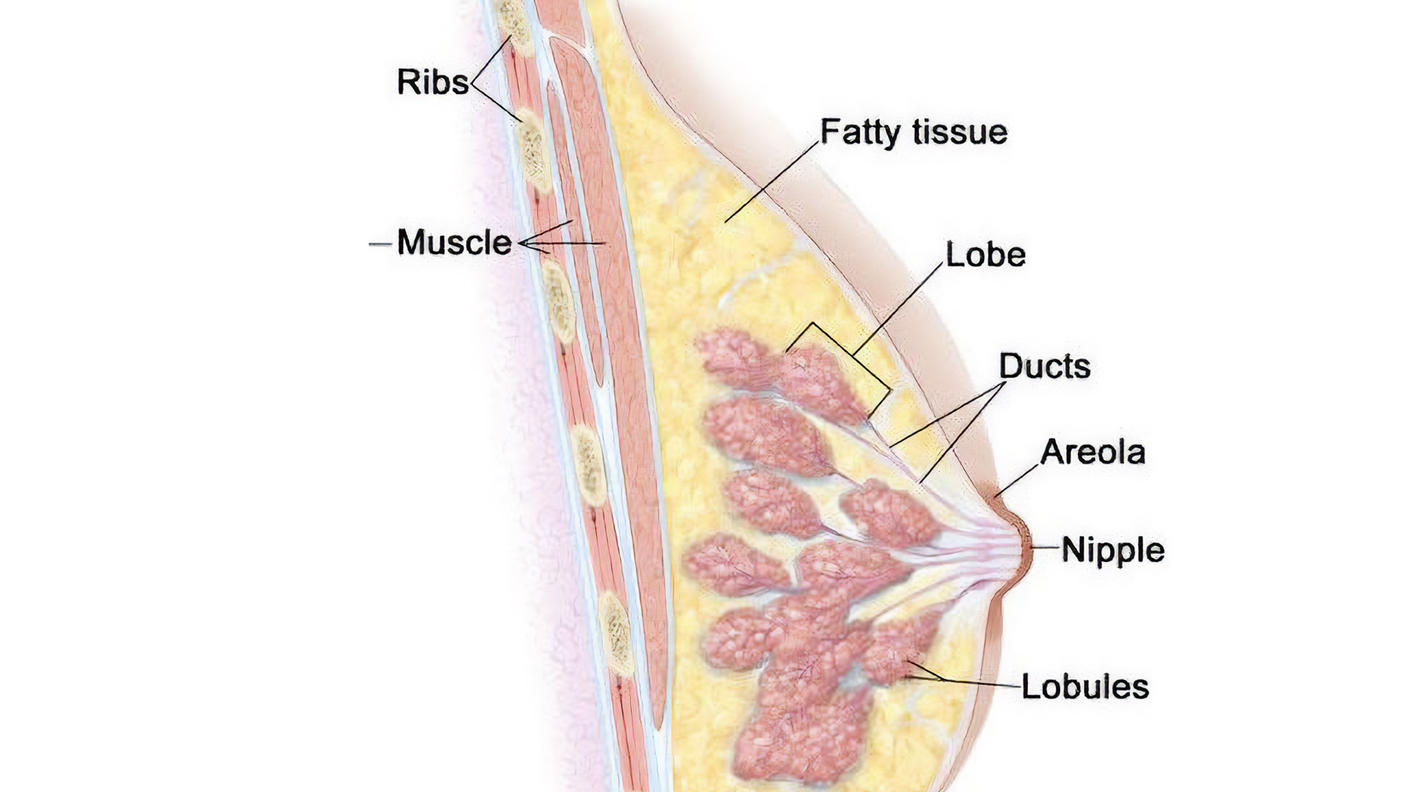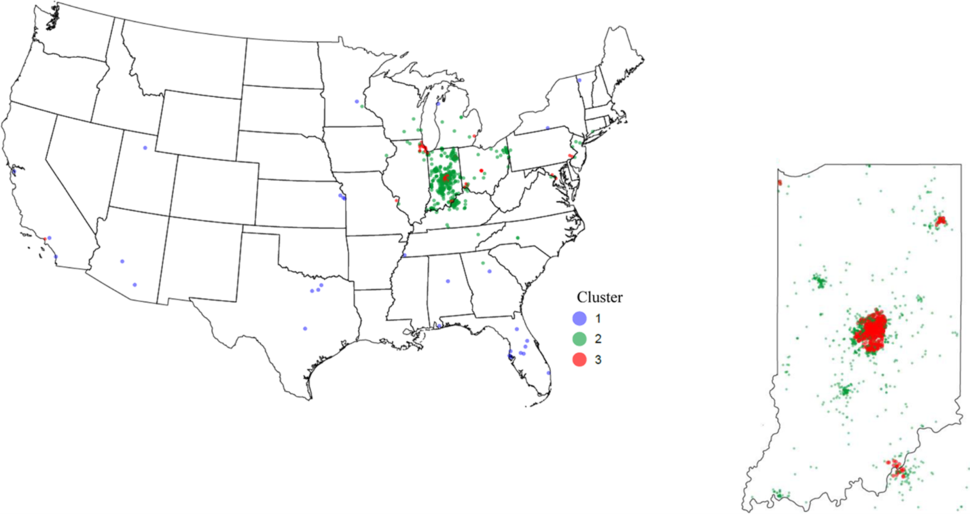Overview
Previous studies have established an association between outdoor air pollution and an increased risk of breast cancer, particularly with regard to traffic-derived air pollutants, and more recently, fine particulate matter (PM2.5). Despite these discoveries, the effect of outdoor air pollution on underlying mechanisms associated with breast cancer risk, like terminal duct lobular unit (TDLU) involution, remain unaddressed. Notably, decreased TDLU involution is associated with increased breast cancer risk.
Study Team
DCEG researchers are working closely with investigators from National Institute of Environmental Health Sciences, including Drs. Alexandra White and Nicole Niehoff.
Lead Investigators
Gretchen Gierach, Ph.D., Branch Director and senior investigator
Integrative Tumor Epidemiology Branch
Rena Jones, Ph.D., senior investigator
Occupational and Environmental Epidemiology Branch
Background and Purpose
Researchers in DCEG initiated this study to investigate the association between exposure to PM2.5 and TDLU involution. Utilizing breast tissue donated to the Susan G. Komen Tissue Bank, they assessed pathologist-enumerated TDLU counts in 1904 women between the ages of 18 and 75 with respect to the 2009 annual PM2.5 total mass (µg/m3) at each woman’s residential address.
Study Results and Select Findings
In both premenopausal and postmenopausal women, more corresponded with higher TDLU counts, suggesting that exposure to air pollution may be associated with reduced TDLU involution, and thus increased breast cancer risk.

